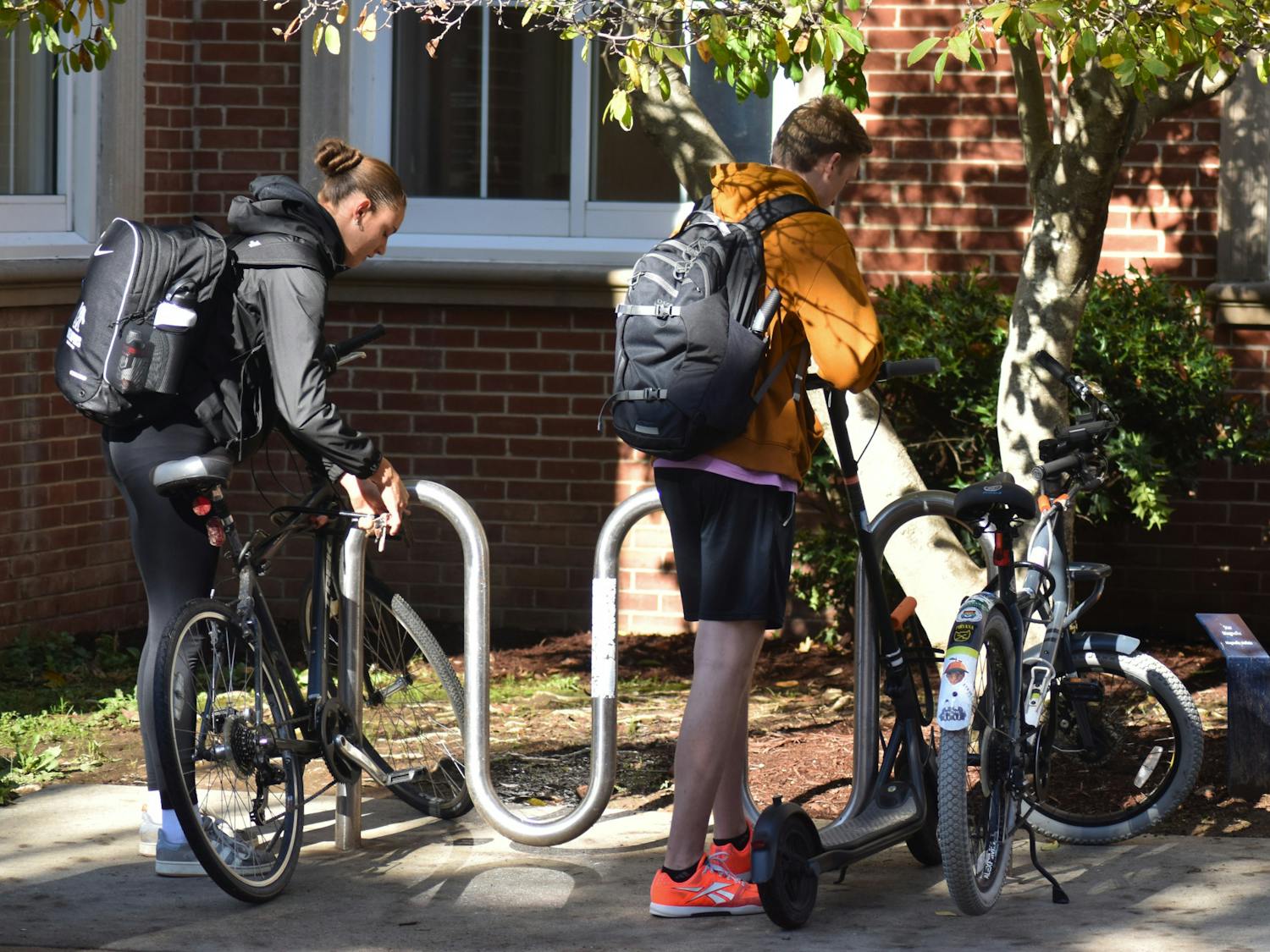The University of Memphis Theater Department is making a change within its program by providing American Sign Language interpreters (ASL) at all spoken shows in the upcoming season. This change is part of a commitment by the theater department to provide more inclusivity and accessibility within the theater program.
“The first show with an interpreter will be the Stephen Sondheim musical Into the Woods on April 19,” said Alice Berry, a professor in the U of M theater department. “The goal of this new implementation is to make theatrical productions more accessible to the deaf and hard-of-hearing community at the U of M, which ensures that the beauty of live theater can be experienced by a more diverse audience.”
“Having interpreters available at theater shows is the type of thing that makes deaf and hard of hearing people feel included in our society,” said Nicholas Norman, an American Sign Language (ASL) professor at the University of Memphis. Norman has been an interpreter for eight years, and said he was motivated to start interpreting by his family, who are deaf. He agreed that having ASL interpreters at public venues is significant because it provides more opportunities for the deaf community. The implementation of these sensory-friendly shows in the upcoming season is a pivotal step towards inclusivity.
Because these performances will be made to accommodate individuals with sensory sensitivities, it will create an environment where everyone can enjoy the show comfortably. Providing accommodation to viewers with disabilities expands the potential audience for future theater shows.
In addition, the U of M theater program expressed the desire to open its space to more individuals and provide more inclusivity in the future. The department looks to set an example to the community with its new implementation and take a forward step in providing more all-encompassing experiences to individuals with sensory sensitivities.






